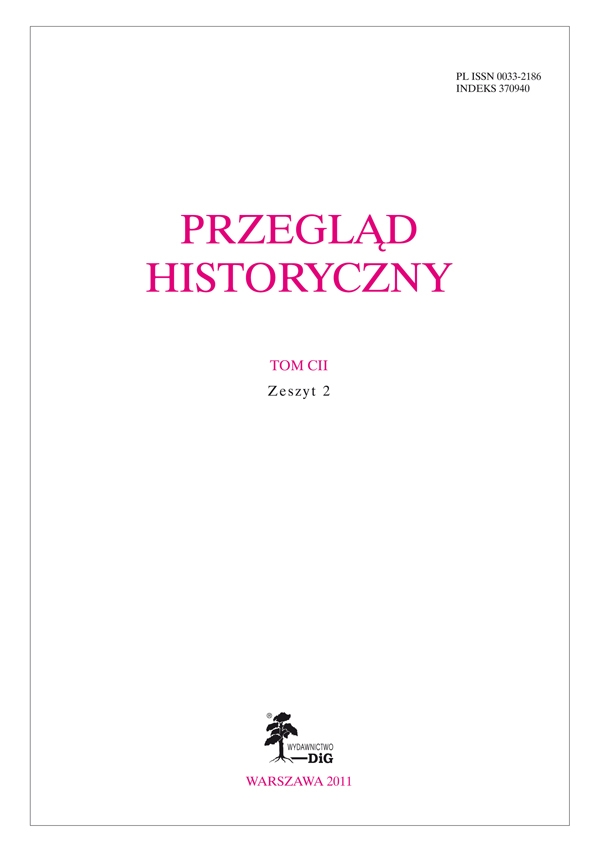Szlachta a naród. Pozycja szlachty w społeczeństwie czeskim
Słowa kluczowe:
szlachta, naród, CzechyAbstrakt
Nobility vis–a–vis the Nation: Placement of the Nobility within the Czech Society
The article deals with the process of historical shaping of the Czech and Moravian nobility. The author points out that during the 14th century the nobility divided itself into two distinct estates: the lords and the knights. Moreover, the smallholder category, who were economically nearer to the peasants, although traditionally distinguished by military duties in service of the Crown, remained outside the noble estate and in the long run, legally were turned into peasants. In 1500 the lords, and the knights in 1609, received privileges, according to which only themselves could they co–opt new families into the estate.
Nevertheless, after 1620 the battle of White Mountain the monarchs granted coats of arms to numerous “new” families, but the majority of these had insufficient means to acquire landed estates, and with time merged back into their former, predominantly burgherly, milieus. In result of the above mentioned processes, there formed a relatively small, although excessively affluent, elite in 1848, in Czech and Moravian territories one nobleman stood out vis–a–vis 828 members of other social groups. Another effect of the post–1620 changes, was bilingualism Czech and German of the nobility, which practically removed this social stratum from the formation processes of the modern Czech nation, for which the linguistic issue was crucial.
On the contrary, the processes which underwent within the Polish–Lithuanian Commonwealth were dramatically different. The unified estate of the Polish–Lithuanian nobility with time tended to absorb people of peasant related economic status who had military obligations towards the state. In result there formed a relatively numerous estate, although composed chiefly of modestly affluent land–holders, or even persons devoid of landed property. During 16th–18th centuries, this estate encompassed c. 10% of the total population, which the partitioning states of Russia, Prussia and Austria, subsequently strove to diminish in numbers. Moreover, the Polish–Lithuanian szlachta predominantly spoke the Polish language, which turned out to be an important factor in the processes of the forming of the modern Polish nation.

